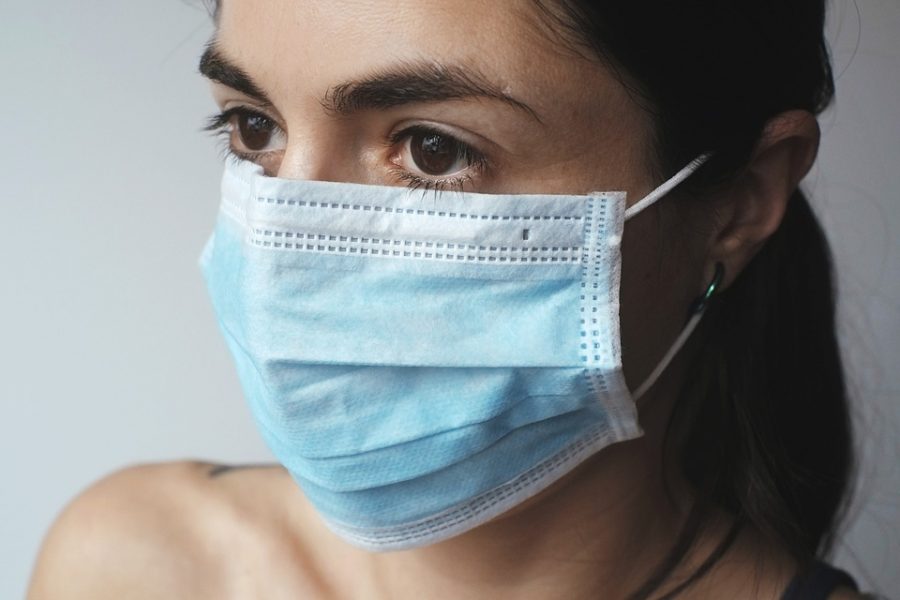The Covid-19 Vaccine’s Impact on the World
March 17, 2021
The Covid-19 Vaccine’s Impact on the World
Covid-19, the World’s most recent global pandemic, coming after the 2009 Influenza pandemic, has proved to be a prevalent cause for concern as it has spread and ruined many of the modern world’s commodities. Industries, economies, and livelihoods have all suffered significantly as the pandemic runs rampant. However, humanity has always had a weapon that’s capable of pushing back these viruses that infect our frail bodies. This is known as the vaccine, a simple invention that exposes our bodies to a minute dose of a virus and allows our bodies to build up defense of antibodies, giving us a stronger immune response as well as immunity if we ever come into contact with the virus. Nonetheless, ever since the Covid-19 pandemic began, the rush for a vaccine has always been a topic of debate. What are the side effects? How quickly can the vaccine be produced? These concepts circulated around, navigating through the minds of people, sparking hope and controversy. Finally, after months of quarantine, the pharmaceutical company Pfizer had successfully produced a vaccine on December 2. Pfizer’s vaccine is being heavily distributed throughout the nation and its side effects are still left uncertain. Moreover, the shroud of uncertainty looms over other factors as well. The aforementioned economies, side effects, and the future of other diseases are all within that margin of unpredictability.
Firstly, the global economy’s strain and toll from Covid.. Everyone is well aware of the constant waves of Covid shutting down businesses and shops alike. On a larger scale, whole industries are seemingly being affected drastically with some profound examples being the movie and airline industry. Additionally, the unemployment rates had significantly skyrocketed and would break pre-existing records. In total, the overall number was 20.5 million unemployed Americans. Before this in February, it had been 6.2 million Americans. Meaning, the rate of unemployment had risen by a drastic 14 million or 3.8% by February, all of which was a result of Quarantine. However, with the sudden appearance of a Covid-19 vaccine and its rapid production due to high demand, the suffering industries and our economies may be able to recover in the coming years. Victoria Masterson, a senior writer of the World Economic Forum and the author of “Equal access to Covid-19 vaccines could be worth millions”, discloses that by guaranteeing that everyone has equal access to the Covid-19, vaccines has the potential to hold worth beyond $460 to “10 major economies by 2025”. Accordingly, this may give us an extra column of support to finally get back on our feet and for our economies to slowly repair themselves through natural processes.
Secondly, vaccine side effects serve as another hurdle that needs to be overcome in order to end this pandemic once and for all. In Kirsten Salyer’s article, “Here’s How Global COVID-19 Vaccine Confidence Has Changed”. Salyer goes on to state that in a survey conducted on numerous countries “Between 57% and 80% of those who say they would not take a COVID-19 vaccine report concern about the side effects”she says. Therefore, a good portion of countries’ citizens and people are cautious of a vaccine due to it’s undetermined nature. “According to the survey, strong intent to be vaccinated has risen in the US and the UK, following the release of the vaccine in the two countries.” says Salyer. “At the same time, vaccine confidence has dropped in many other countries”. Overall, it is evident that opinions will constantly fluctuate from spectrum to spectrum until a concrete middle ground has been established.
Thirdly, the process of building a Covid-19 vaccine has demonstrated that vaccines can be created under a year with the right circumstances. On the off hand, it’s construction was quick and hasty, leaving plenty of room for error. This pretense opens up a door of possibilities concerning future diseases and how we can approach them. In essence, vaccine science can completely go down a new route when compared to its typical methods. However, is this safe and viable for tackling new diseases that may pose a threat in the near and far future? In early 2020, scientists had steadily begun the process of testing and building a vaccine from the ground up. They were meticulous and promised that estimates would vary between when a vaccine would be approved and distributed. In addition, the quickest a vaccine has ever been made and approved can be traced back to the mumps in the 1960s. In which it took a total of 4 years to produce. Nevertheless, by the start of December, developers and pharmaceutical companies had begun speaking about trial testing out of the blue and optimism about the end of the pandemic began to sprout. How was this possible? Philip Ball, the writer of “The lightning-fast quest for Covid vaccines and what it means for other diseases” expresses that the basis in why a vaccine was made in such a short span involves the years of prior research on viruses that hold relation to Covid. “Immense funding that enabled multiple facilities to cover more progress” Ball says. He also goes on to say, “and regulators moving more quickly than normal”. Consequently, many factors played a vital role in determining the creation of the Covid-19 vaccine such as the research done that preceded the quarantine, funding that would support the process, and the hasty regulators, all of these could be taken into account and be taken advantage of in order to produce a vaccine for future diseases more efficiently if a pandemic were to arise again.
Finally, the Covid-19 vaccine has arrived. Some are hopeful that the vaccine will provide that extra column of support to finally end this pandemic. While others are fearful for the hidden side effects and repercussions that the vaccine may hold as a result of it’s emergency production. Industries, economies, and side effects are all still within that blanket of mystery, but we have lifted that blanket to a degree and have gained a little insight on what our future may hold. Yet, despite our promises or plight, only time will tell how this vaccine will sweep the globe and what influences it may leave behind in its wake.




